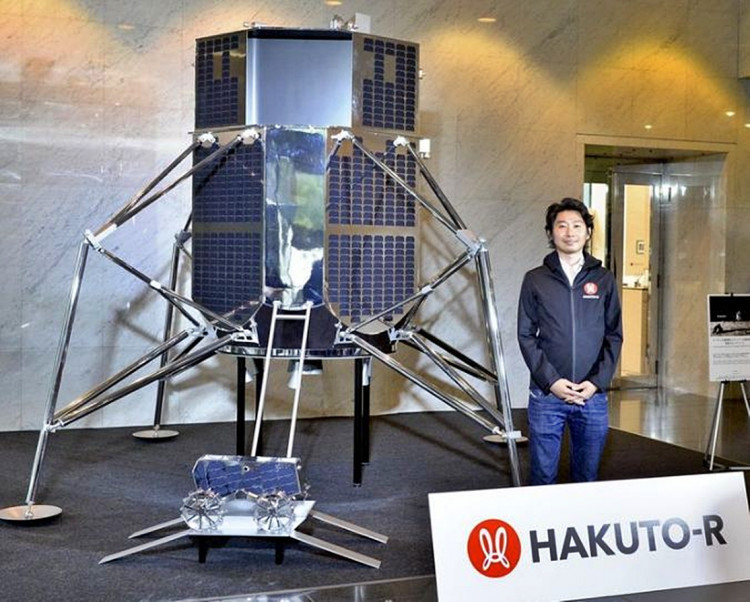A Japanese lunar mining start-up named ispace, Inc., which was established to build a system for transporting the Moon's mineral resources back to the Earth, will launch its first mission to the Moon in mid-2019.
ispace has contracted SpaceX for two Moon shots, one this year and another in 2020. They're the first of many lunar missions extending until 2022, and will see ispace orbit a lunar lander as a prelude to landing another lander in the mid-2020. The first two missions are called Hakuto-Reboot, or Hakuto-R.
The first ispace mission, called M1, will be the first privately-led Japanese test mission to inject the lander into a lunar orbit. This lander will relay lunar data to the Earth. This key mission will test data-gathering technology and Earth to Moon transport service technology.
M2, or the Moon-landing mission, is scheduled to take place either by mid-2020 or early 2021. ispace said this mission will deploy Japan's first lander on the Moon. Two rovers will then emerge from the lander to drive on the lunar surface.
M2 is a test mission to transport payloads to the Moon and send lunar surface data back to Earth. The mission objective is to again test data-gathering technology and Earth-Moon transport service technology, much like the first mission.
The contracts with SpaceX for M1 and M2 were announced Sept. 26. ispace founder and CEO Takeshi Hakamada said his company and SpaceX share the mission of enabling humans to live in space, so we're very glad they will join us in this first step of our journey.
M1 and M2, which ispace is bankrolling via a $90 million "Series A" investment fund, are technology demonstrators designed to lay the groundwork for the ispace's more ambitious future plans. Eventually, ispace aims to set-up a robotic lunar transportation service using ispace Moon rovers to identify and exploit lunar resources such as water ice.
The ispace lunar mining operation will lead to the establishment of a permanent human settlement on the Moon, said the company, which is based in Tokyo. The ispace lander will be capable of transporting 30 kilograms in payload to the Moon.
It stands 3.5 meters tall and weighs 350 kg. During M2, the lander will deposit two lunar rovers onto the regolith. The rovers will probe the Moon's surface for some two weeks.
On the other hand, the Moon rover will be a refinement of the four kilogram vehicle that Team Hakuto, the precursor of ispace, was planning to launch as part of the cancelled Google LunarX Prize.
Hakamada said that by taking advantage of lunar water resources, humankind can develop the space infrastructure needed to enrich our daily lives on Earth, as well as expand our living sphere into space.
Hakamada said combining the Earth and Moon into one system will create a new economy with space infrastructure at its core. This infrastructure will support human life, making sustainability a reality. Hakamada said this result is "our ultimate goal, and our search for water on the Moon is the first step to achieving that goal."






